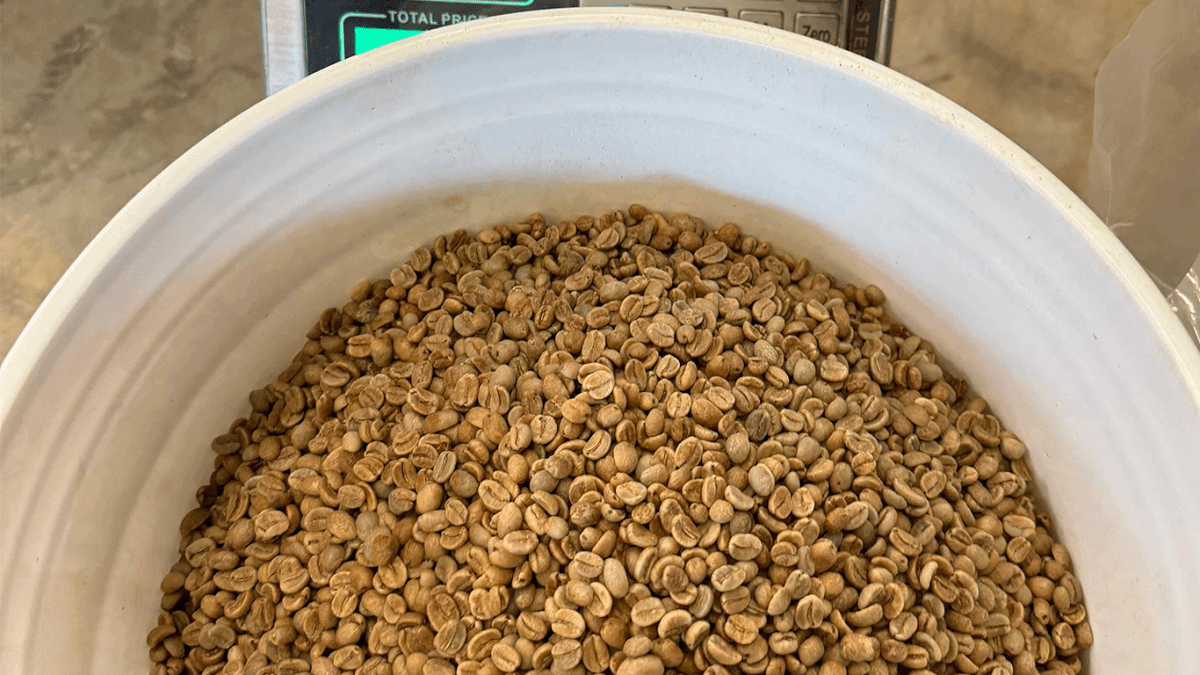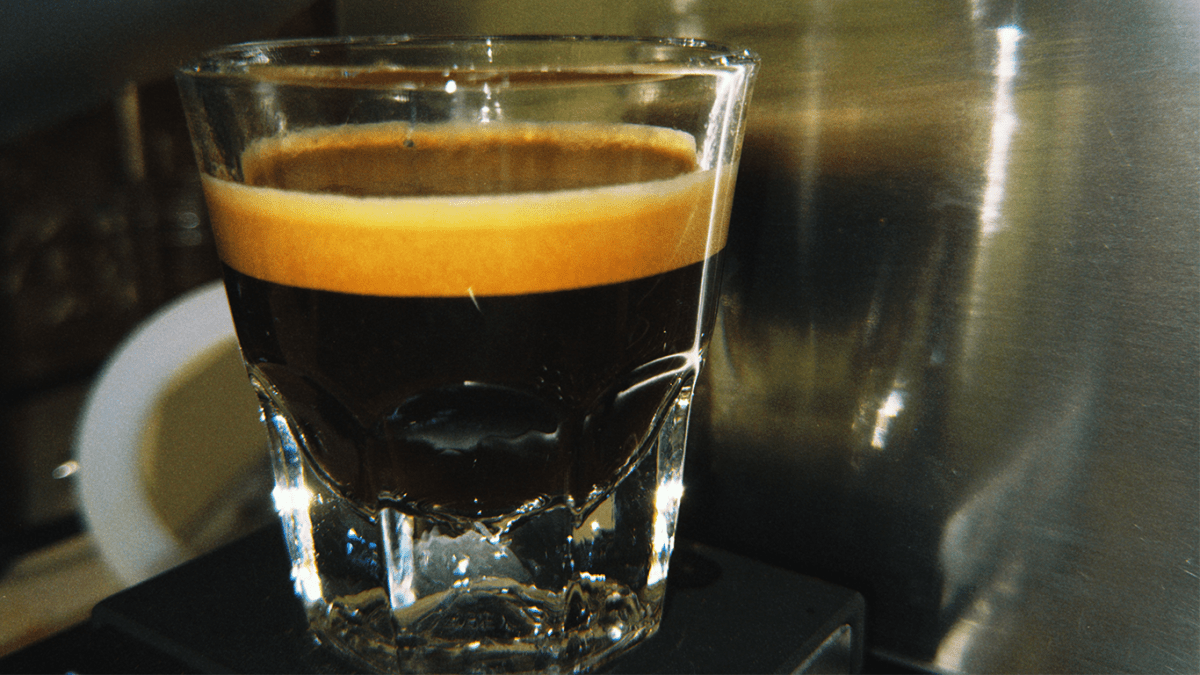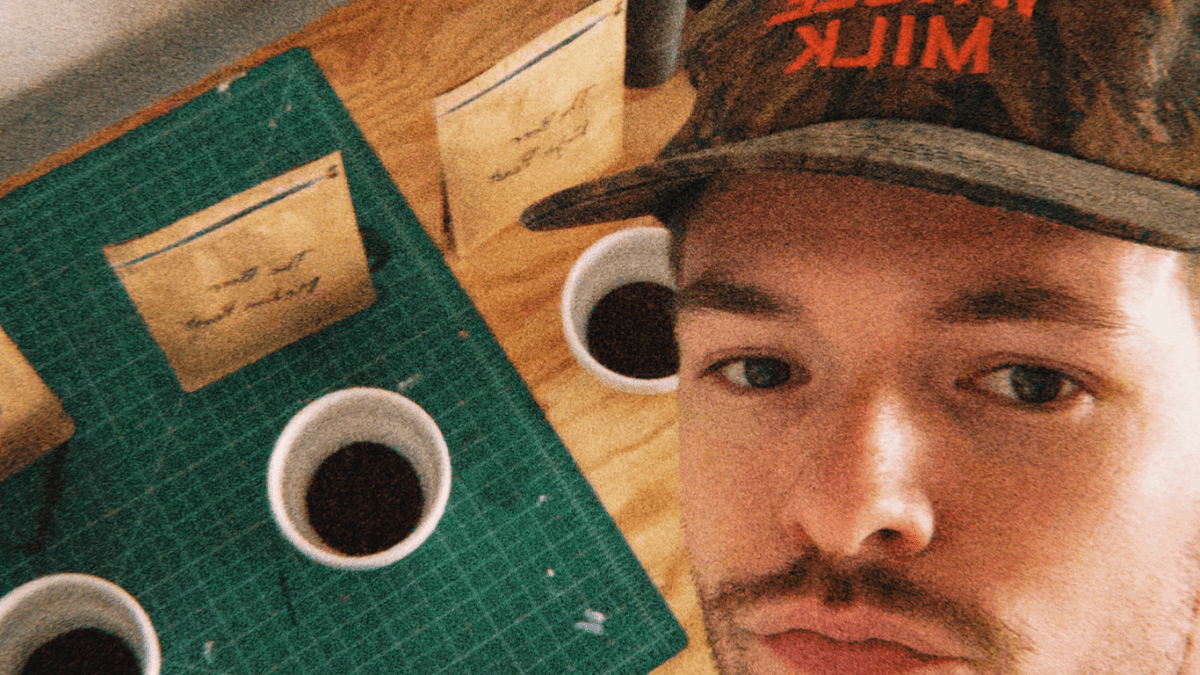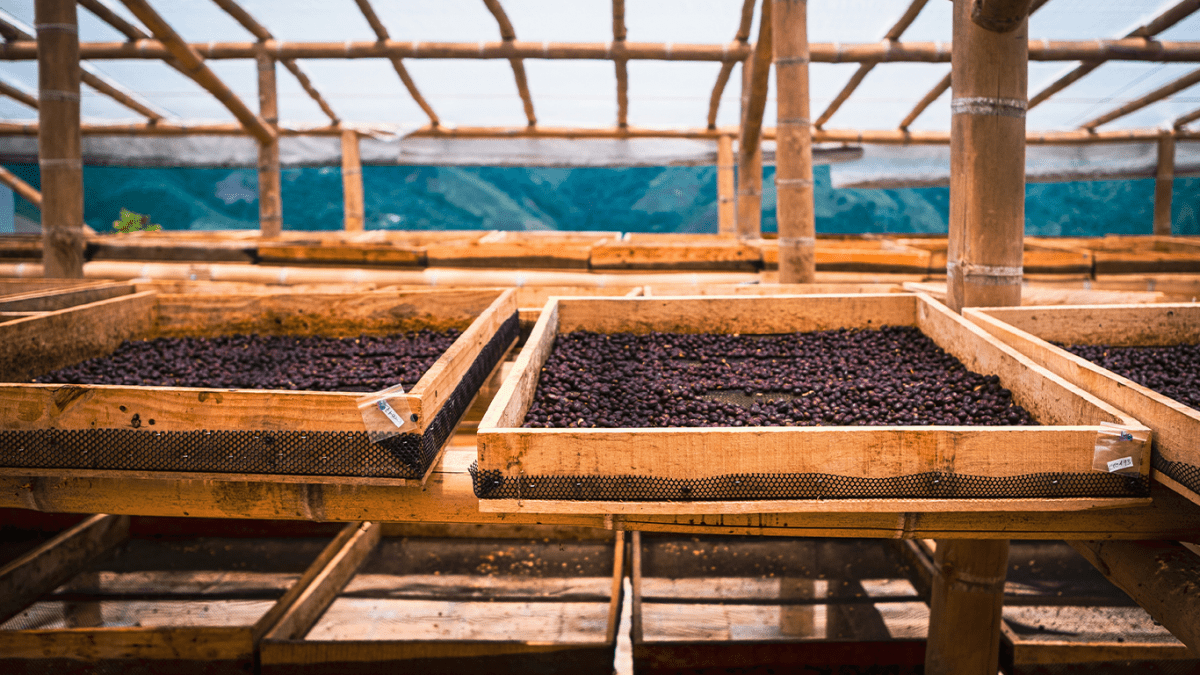DROP #4 SEPTEMBER 5, 2025 @ 12:00 PM EST
Decaf Deserves More Respect

Decaf has always had a bit of an identity problem. For decades, it’s been the butt of the joke—the coffee people drink when they don’t really want coffee. Watered down, flat, a last resort at a late-night diner. You know the type.
But in the world of specialty coffee, things are changing. Slowly, quietly, and without a whole lot of hype, decaf is making a comeback. And this time, it actually tastes good.
Thanks to better sourcing, improved processing, and roasters who give it the attention it deserves, decaf is finally stepping into the light. And it’s time we started giving it a little respect.
Table of content
Why Decaf Got a Bad Reputation
The story of decaf is full of good intentions and bad execution. The first wave of decaf—back in the early-to-mid 1900s—relied on harsh chemical solvents like methylene chloride to strip caffeine from the bean.
It worked, but the flavor took a beating. What came out the other side was coffee that tasted stale before it even hit the grinder. And roasters didn’t help much either. Most treated decaf like an afterthought. No one was using high-quality green coffee. No one was dialing in roast profiles.
For decades, decaf lived in that forgotten zone—functional, but soulless. Something you served begrudgingly, not proudly.
The Rise of Better Decaffeination Methods
The biggest shift in decaf’s reputation has come from the tech behind how it’s made.Today, we have cleaner, gentler ways to remove caffeine from coffee. Here are the most common methods specialty roasters are using:
Swiss Water Process
One of the most popular methods among specialty roasters. It uses water, time, and temperature to remove caffeine, without the use of chemicals. The best part? It leaves the origin flavors mostly intact. Learn more here
Sugarcane / Ethyl Acetate (EA) Process
Widely used in Colombia, this process is both natural and effective. EA is derived from fermented sugarcane, and it selectively removes caffeine while preserving flavor. It also allows for decaf coffee that still tastes like the region it came from.
Carbon Dioxide (CO₂) Process
This high-tech method uses compressed CO₂ to extract caffeine. It’s efficient and flavor-preserving, but also expensive—used mostly for high-end decafs.
These methods mark a turning point. They allow decaf to retain character, acidity, sweetness—the stuff that makes coffee worth drinking in the first place.
Roasters Who Actually Care About Decaf
Let’s be real: most roasters still treat decaf like the stepchild of the coffee lineup. But a few have stepped up, giving decaf the same attention they give their single-origin showstoppers.
Onyx Coffee Lab
They regularly release high-end decaf options, often featuring EA-processed beans with distinct tasting notes. Their packaging and transparency show they care.
Verve Coffee Roasters
Verve has been pushing the idea that decaf can taste like real coffee for years. Their Colombia Sugarcane decaf is a standout.
Sweet Bloom Coffee
They approach decaf like any other coffee on the menu. Roast profiles are tailored, and tasting notes are precise.
These roasters prove one thing: when you care about the bean and the process, decaf can absolutely hold its own.
Who’s Drinking Decaf Now (and Why)?
This isn’t just about taste. It’s about lifestyle. More people are shifting to decaf not because they can’t drink caffeine—but because they don’t always want to.
Health Reasons
Some people experience anxiety, insomnia, or digestive issues with caffeine. Decaf lets them enjoy coffee without side effects.
Afternoon & Evening Rituals
You can love the process of brewing and sipping without the caffeine jolt. Decaf lets you stay in the ritual, even late in the day.
Pregnancy & Sensitivity
Caffeine isn’t recommended during pregnancy, and some people are naturally more sensitive to it. Decaf offers a way to still engage with coffee culture.
True Flavor Seekers
Some folks just want to taste coffee. They’re not drinking for the hit—they’re drinking for the craft.
These aren’t “decaf people.” They’re coffee people. And they want options that don’t feel like a compromise.
What Decaf Tastes Like Now
A well-roasted decaf should be clean, sweet, and expressive. You might lose a little clarity or brightness depending on the method, but you can still expect tasting notes that feel true to origin.
Some modern decafs show flavors like:
- Colombia EA Process: Chocolate, stone fruit, caramel
- Ethiopia Swiss Water: Berry, florals, black tea
- Sumatra Natural Decaf: Earthy, spicy, full-bodied
These are coffees you’d enjoy even if no one told you they were decaf. That’s the benchmark.
Is decaf made with chemicals?
Not all decaf. Most specialty decaf uses Swiss Water or EA (sugarcane) processing, which are natural and safe.
Does decaf taste worse than regular coffee?
Not anymore. If it’s low-quality decaf from a chain store, yes. But if it’s a carefully sourced and roasted decaf, it can taste just as good.
Does decaf still have caffeine?
Yes, but only a small amount. Most decaf contains 1–2% of the original caffeine content.
Can I use decaf for espresso?
Absolutely. Many modern decafs perform beautifully as espresso, especially when roasted with care.
Does decaf go stale faster than regular coffee?
No. The shelf life is the same. Just store it properly—in an airtight container, away from light and moisture.
Conclusion
Decaf is not a punishment. It’s not an afterthought. And it’s definitely not fake coffee.
It’s just coffee—with less caffeine. That’s it.
As roasters begin to approach decaf with the same care they bring to other offerings, we get to experience what decaf should have been all along: complex, vibrant, and worth drinking for the flavor, not the fuel.
If you haven’t given modern decaf a shot, maybe it’s time.
What We’re Doing About Decaf
At Dös Coffee Club, we haven’t released a decaf yet—but we will. We’re currently in the process of sourcing and sampling decaffeinated coffees that actually taste good. Not just “good for decaf,” but good, period.
We won’t put anything out until it meets the same standards we hold for our regular drops. That means character, clarity, and complexity—whether it’s caffeinated or not.
If you’re someone who’s been waiting for a decaf that doesn’t taste like an afterthought, stay tuned. We’ll let you know the moment we find one worth sharing.



